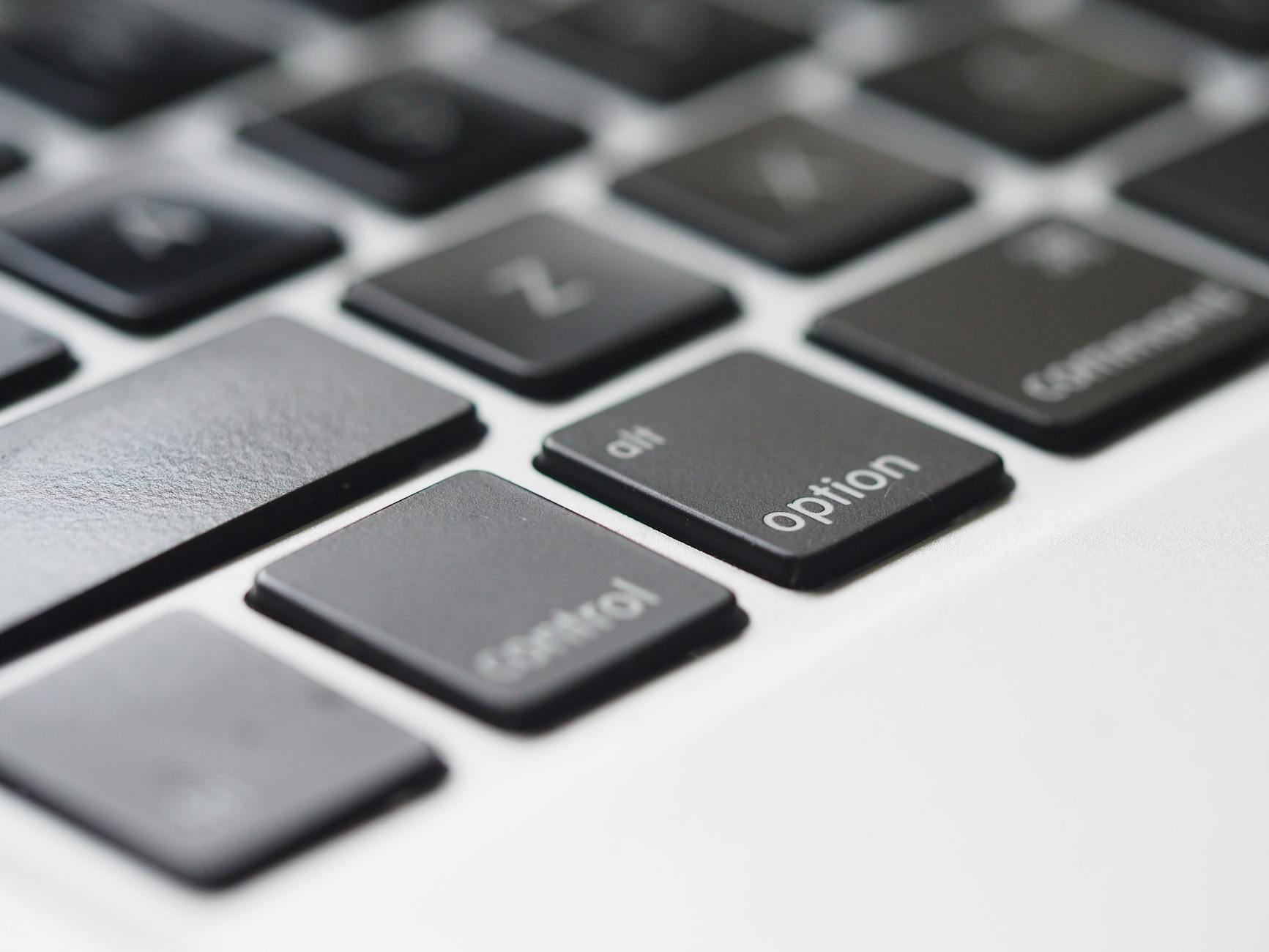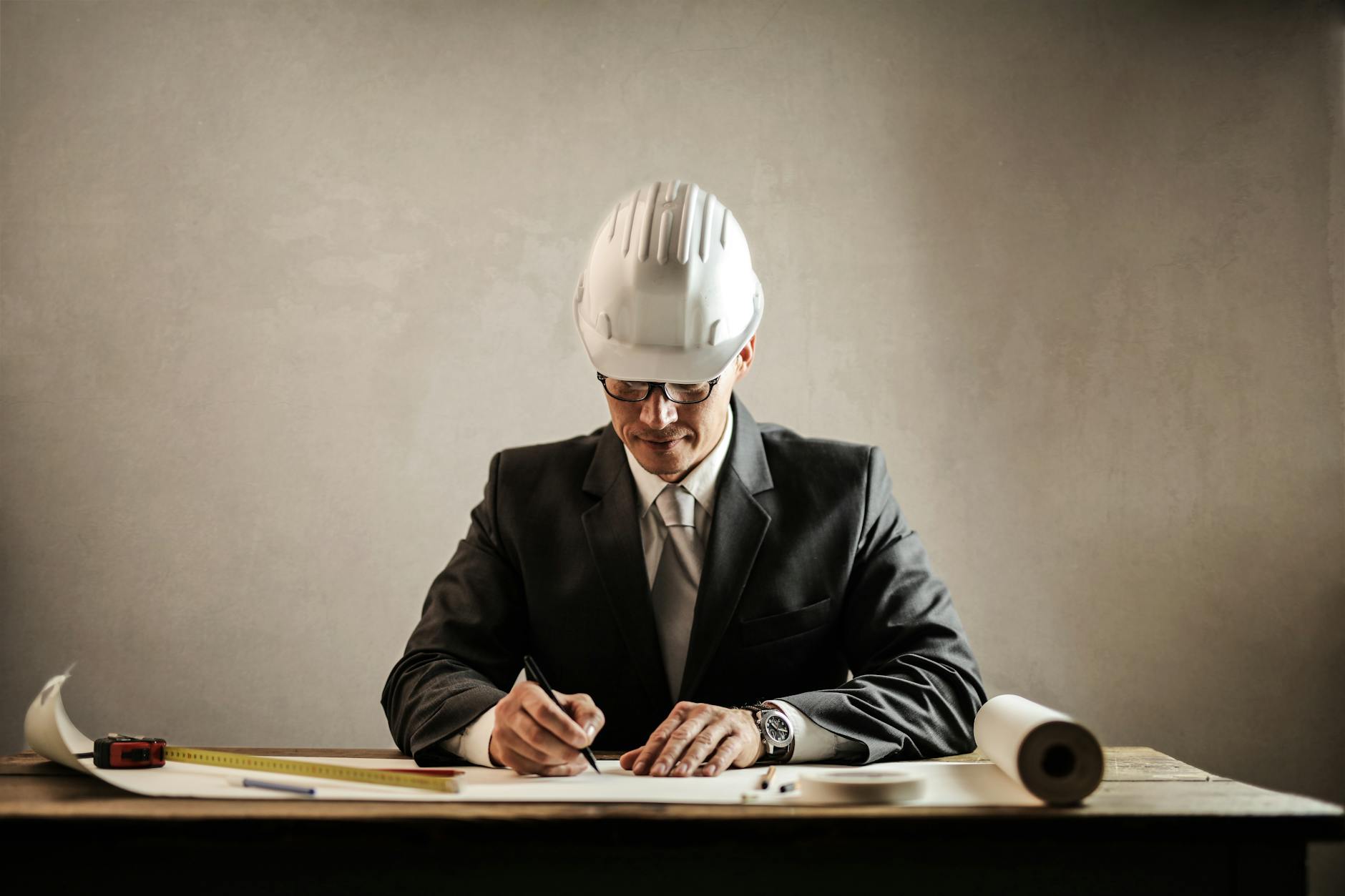How to Elevate Community Arts with Innovative Tech in Australia

Understanding Innovative Tech in Arts
Incorporating innovative technology into the arts can enrich experiences and expand audience engagement. With Melbourne's dynamic creative scene as a backdrop, platforms like the National Gallery of Victoria serve as inspiration for integrating tech into arts programs. One key avenue is the utilisation of pro audio equipment. High-calibre sound systems can transform an ordinary event into an immersive experience, capturing subtle nuances that might otherwise be lost. For organisers keen on elevating exhibitions or performances, quality audio equipment is non-negotiable.
Another tech domain to explore is home entertainment systems. These aren’t just for leisure; they help recreate the intimacy of a performance hall within a community space. Imagine hosting a film festival or an interactive workshop and providing attendees with a cinematic experience that rivals commercial venues. This aligns perfectly with the creative vibrancy found in art festivals at Birrarung Marr or intimate settings in Fitzroy.
Here’s what you might consider:
- Streamlined Set-ups: Simplified installation of audio and entertainment systems allows for flexibility and adaptability across different venues.
- Collaborative Soundscapes: Use high-quality microphones to engage audiences fully and encourage participatory art initiatives, enhancing community interaction.
Incorporating tech not only amplifies artistic elements but also fosters creativity within both the artists and the community. These enhancements unlock new dimensions for engagement, allowing arts programs to resonate more deeply with tech-savvy audiences.
Engaging Community with Tech
In Melbourne's dynamic arts scene, technology is fundamentally reshaping how we engage with art. At Fitzroy's creative spaces, you can find myriad opportunities to explore interactive installations that spark conversation and foster deeper connections within the community. Imagine using mesh radios to create art installations that respond to the audience’s presence, transforming passive viewing into an engaging and collaborative process. By incorporating this technology, artists can craft experiences that echo the inclusivity and engagement found at the National Gallery of Victoria.
Interactive Installations
Interactive installations invite audience participation, encouraging them to become a part of the artwork itself. Whether it's through touch-sensitive displays or motion-activated projections, the play of technology and art can create memorable encounters. Imagine the possibilities when a professional microphone is integrated, allowing real-time responses or voice-activated interactions within a piece.
Virtual and Augmented Reality
Virtual reality (VR) and augmented reality (AR) offer another frontier for community engagement. These technologies transport participants to new worlds or overlay digital elements onto existing ones, offering a fresh perspective on traditional art forms. They allow the public to engage without geographic limitations, making art accessible to a broader audience.
Live-Streaming and Digital Platforms
Utilizing live-streaming and digital platforms enables art experiences to reach audiences beyond physical spaces. This avenue is particularly valuable for engaging audiences who might not be able to attend events in person. It ensures that community art projects remain inclusive and far-reaching. Digital platforms also open doors for real-time interaction and feedback, creating an ongoing dialogue between creators and participants.
Implementing Tech in Programs
Steps to Integrate Technology
Integrating technology into your arts programs requires careful planning and community engagement. Start by assessing your program needs and identifying potential tech solutions. It's beneficial to explore musical equipment that can elevate the ambiance of your events or workshops. Additionally, consider installing an induction loop system to ensure accessibility for audience members with hearing aids. This fosters inclusivity and enhances the overall experience.
Collaboration with Tech Experts
Partnering with technology experts can offer invaluable insights and help smooth the integration process. Collaborate with local tech specialists or firms who understand the specific needs of creative spaces in Fitzroy. This collaboration could provide tailored solutions that align with your program’s goals, from sound systems to interactive displays. Their expertise can also save you time and resources by identifying the most efficient technologies to implement.
Platforms for Community Feedback
Involving your community in the process is key to successful tech integration. Use platforms like social media or dedicated feedback forums to gather opinions and insights. This will help tailor the tech elements to your audience’s preferences and needs. Engage with attendees at arts festivals in Birrarung Marr to collect real-time feedback on the implemented tech. By integrating community input, you ensure the technology not only enhances the experience but also aligns with the values and expectations of your audience.
Overcoming Challenges
Resource Constraints Solutions
Navigating the vibrant yet challenging arts sector in Melbourne often means creatively managing limited resources. One practical approach is leveraging shared community spaces, like those in Fitzroy, to access existing technology without the need for significant investment. Equipment such as paging systems can dramatically enhance communication during events held across these venues, ensuring seamless coordination without the hefty price tag.
Consider partnering with local tech firms or educational institutions. Many are eager to sponsor events or provide equipment in exchange for marketing opportunities. Securing access to monitors for video conferencing or professional audio gear can enhance virtual workshops or remote participation, broadening the audience reach and community engagement even further.
Forming cooperative buying groups with nearby arts organisations is another cost-effective strategy. By pooling resources, groups can purchase technology at a reduced rate, benefiting from both discounted prices and shared maintenance costs. Beyond purchasing, tapping into Melbourne's vibrant arts festivals at Birrarung Marr to showcase programs also attracts potential partners or donors interested in supporting innovative community initiatives.
You're not just bridging resource gaps; you're cultivating a collaborative spirit that lays the foundation for creative and sustainable community growth. Approaching financial and resource constraints with ingenuity mirrors the ethos of the artistic community—transforming limitations into opportunities for growth and connection.
Crafting Digital Experiences
Our journey of integrating tech into the art world begins with crafting immersive digital experiences that captivate audiences. Think of the breathtaking exhibitions at the National Gallery of Victoria, where technology transforms art into an alluring conversation of creativity and innovation. By using digital tools, you can design experiences that are as captivating as the recent arts festivals at Birrarung Marr. Rather than creating static displays, aim to develop interactive spaces where visitors can actively engage and leave feeling inspired. This means experimenting with digital storytelling, incorporating interactive elements, and using platforms like digital marketing software to reach broader audiences.
Ensuring Inclusivity in Tech
Incorporating technology in arts demands a keen eye for inclusivity. Our creative spaces in Fitzroy remind us of the diversity in our community—it’s essential to design digital platforms accessible to all. When implementing technology, think about using accessible design features like text-to-speech and screen-readers, ensuring those with disabilities can also enjoy the experience. Consult with diverse groups within the community to gather insights and create truly inclusive experiences.
Measuring Impact and Success
Lastly, measuring the impact of your tech-infused programs is crucial. Establish metrics that reflect your goals, such as audience engagement levels, feedback from the community, or participation rates. It's crucial not just to look at quantitative measures like attendees or digital reach, but also qualitative aspects, such as emotional impact and feedback. Use these insights to refine and enhance future programs and take full advantage of digital marketing strategies to promote your success stories.


